Free Guide: Secured: The Cybersecurity Survival Guide for Protecting Your Business
Free eBook: 12 Things to Know Before Choosing a New IT Provider so You Don’t Lose Time, Money, or Your Sanity
Movies lie about hackers. They sell this image of nerdy super-geniuses who type at lightning speed and hack systems in seconds.
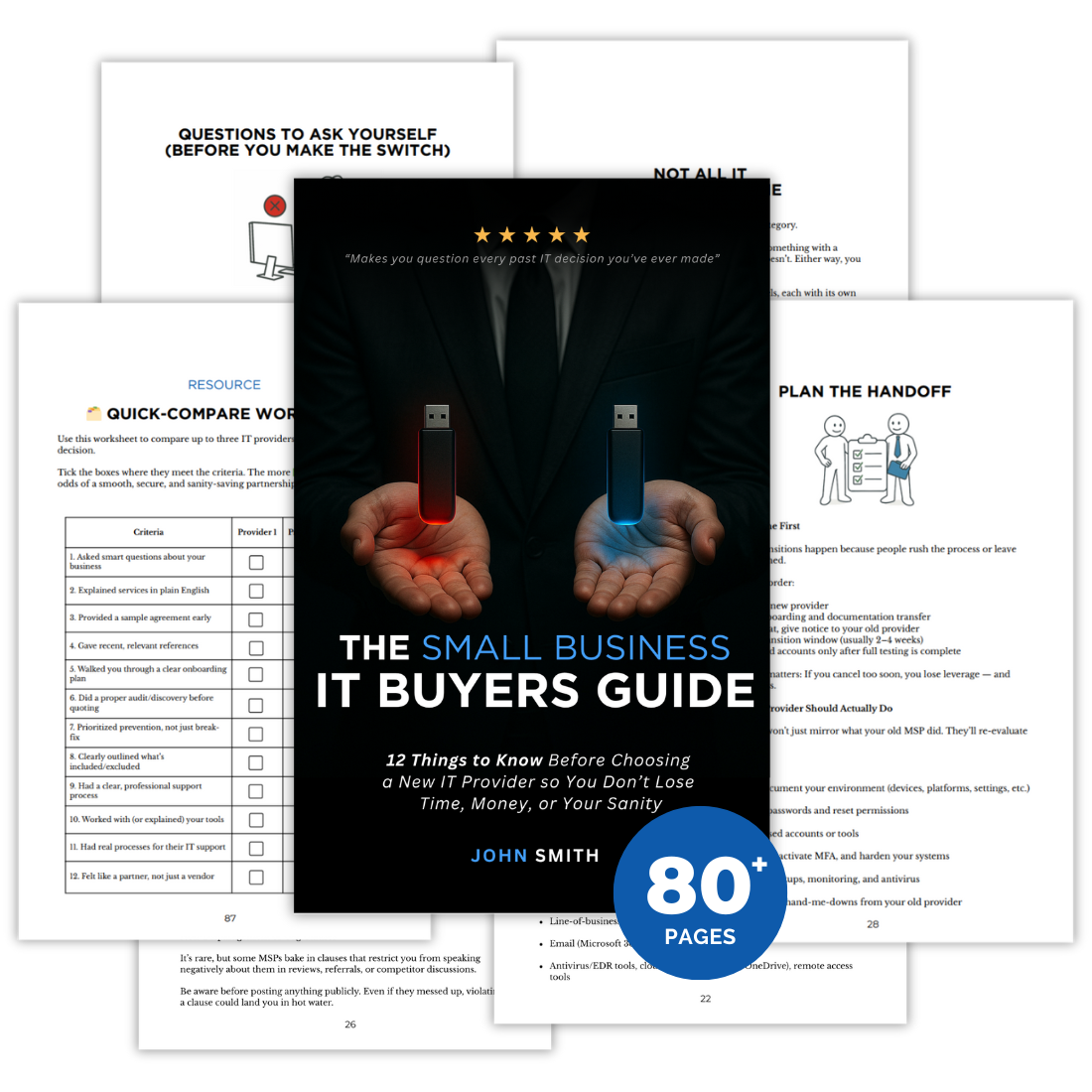

“This guide will make you question every past IT decision you’ve ever made.”
Read this book and pick the best IT provider for your business.
That's not how is usually works.
The vast majority of cyber attacks aren't that sophisticated.
They prey on simple, overlooked basics, like a weak password, or an employee clicking without thinking.
And that's great news.
Why?
Because if most of the breaches happen due to overlooked basics, that means implementing a few simple habits can protect you against the majority of threats.
Get a simple, plain-English book that details what those basics are, and how to implement them.
You will get instant access to the full 90+ pages book.
You will get instant access to the full 80+ pages book.


“This book is a must read for everybody - not just businesses.”
What You'll Find Inside
What You'll Find Inside

What Cybersecurity Is
...and what it is not..
Cut through the jargon and start on the right foot with some basic but foundational knowledge.

The ROI of Investing in Cybersecurity
A basic formula for calculating your ROI, discussion of examples, and our first mention of cyber insurance and its requirements.
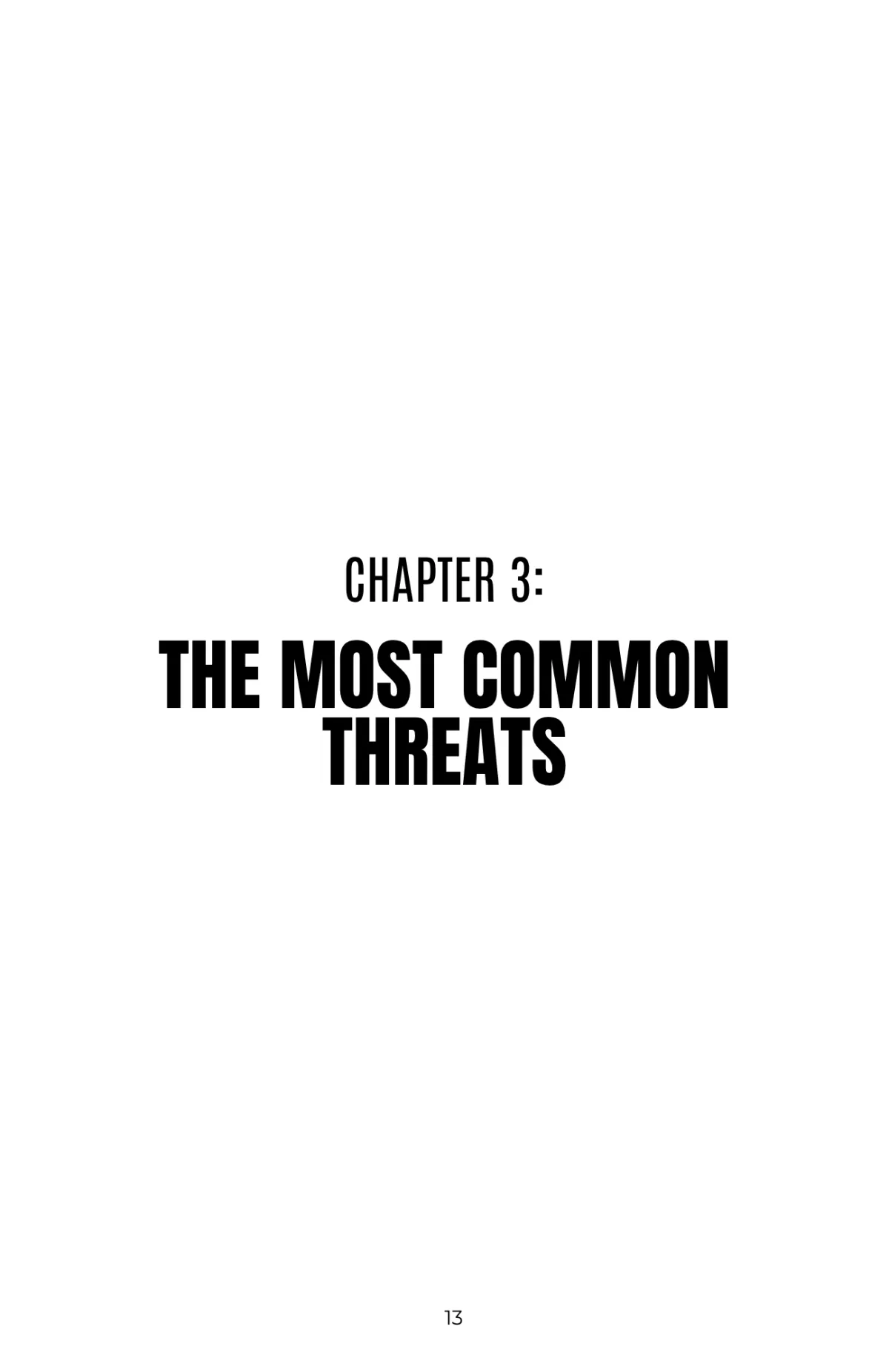
The Most Common Threats
Covering three categories of common threats (people, tech & supply chain, and operations) this is where we dive into the actual dangers, so that we can prepare our defence..

Follow a Framework
The importance of basing your cybersecurity posture on an established, trusted framework.
Here we look at the ACSC's Essential 8, specific to Australia but useful everywhere.
For standards for other countries, please get in touch.

People & Identity
Often the entry point of attacks and breaches, your people need protecting by process.
This chapter covers some simple actions to take, as well as detailing best practices password management, onboarding and offboarding.

Devices & Endpoint Security
Covering centralised device management with proactive security policies, active threat monitoring and software patching, this is where we really start to roll our sleeves up and get in there.
We'll also look at some common mistakes in this area, to ensure that you're not making them.
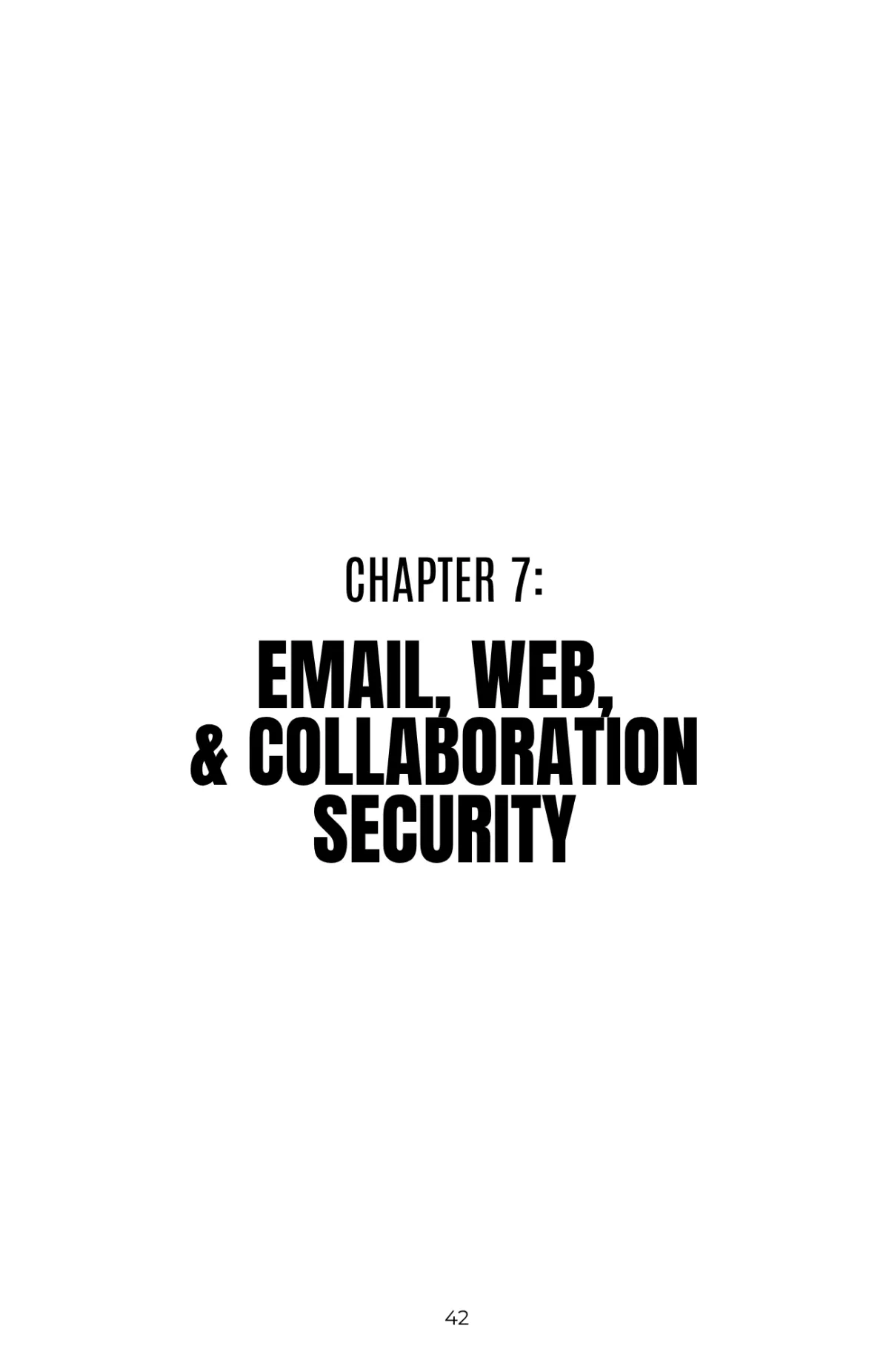
Email, Web & Collaboration Security
From best practices for secure communication, to enforcing non-negotiable processes for financial transactions, this chapter is a must read (even if you're a proficient skimmer!).
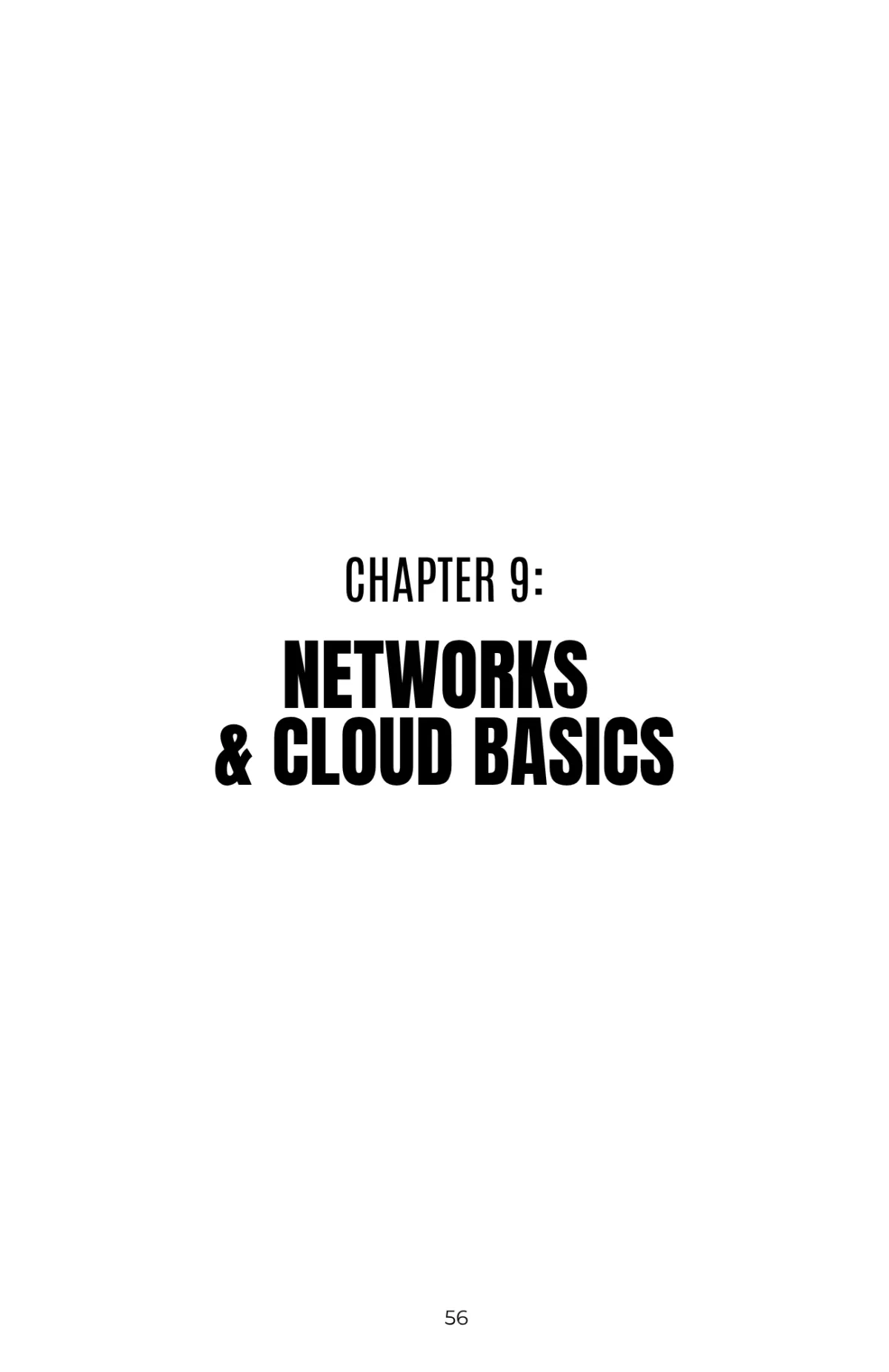
Networks & Cloud Basics
Network segmentation, the principle of least privilege and ransomware protection - we'll cut through some more jargon here and give you the nuggets you need!

Incident Response & Business Continuity
This is where the rubber meets the road. What can you do to minimise your downtime and ensure that you recover quickly and thoroughly?
Your cyber insurance will have something to day here too!
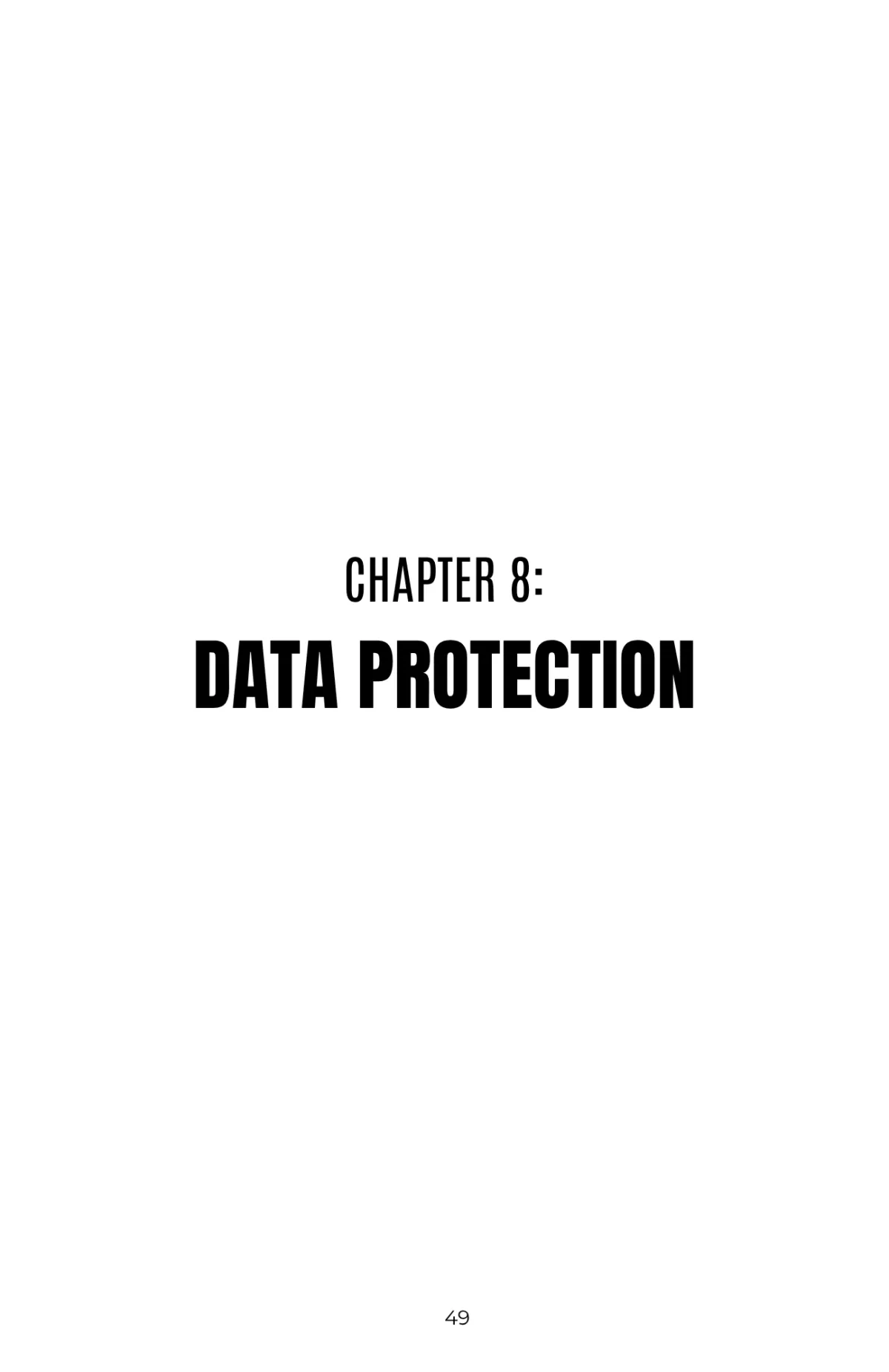
Data Protection
Simple rules for backups, restore tests, and data management, organisation and encryption.

Vendor & Third-Party Risk
This is an important one, and has been at the source of recent high profile breaches. It covers vendor vetting and management, and some more of those simple mistakes to avoid.
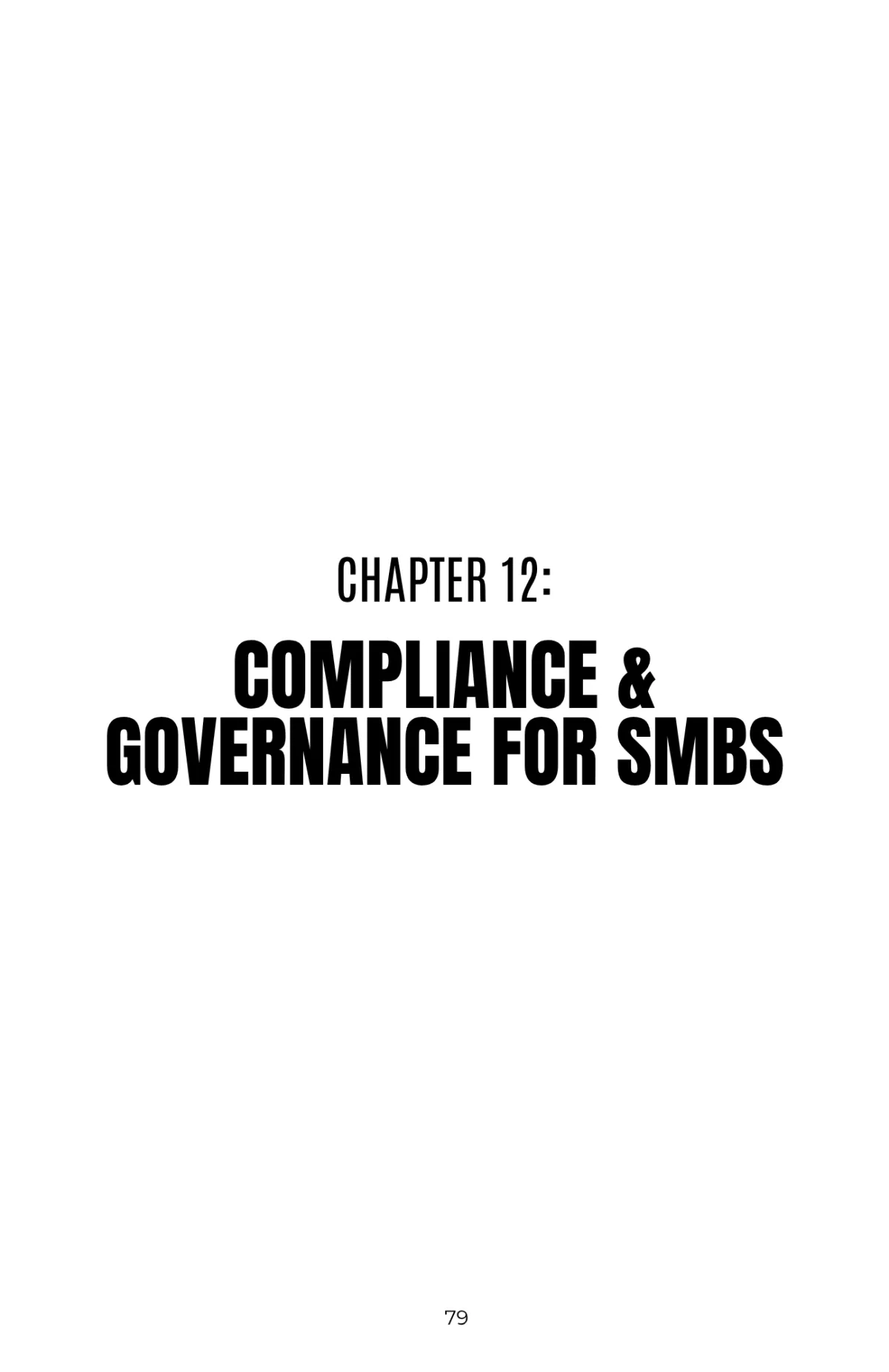
Compliance & Governance for SMBs
Some simple, but critical steps towards being positioned for compliance in your day-to-day.
Don't wait until you're asked for proof of your best practice security processes - put measures in place to track them now.